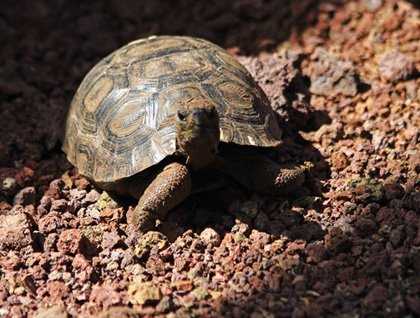We are celebrating the 50th anniversary of the Charles Darwin Research Station, and what a better way to do it than by witnessing some of the great results of their dedication to the Galapagos Islands. The Research Station started with only a handful of people, mostly from elsewhere, but today it is a fully functioning, non-governmental organization with more than a hundred employees, mostly Ecuadorians, and most of whom were born and raised in the Galapagos Islands. Thousands of volunteers and visiting scientists have worked for the research station as well, and year after year, their new discoveries have provided us with a better understanding of the island ecosystems, to find ways to restore them. Right now, there is crucial research going on, regarding land bird species. They are facing a high risk of extinction due to an introduced fly. Only through science, can we learn how to protect and save them.
The Galapagos National Park Service and the Charles Darwin Research Station, together with Puerto Ayora (a town of 20,000 people), grew up jointly, along the last fifty years. They have all worked together to build themselves up, and they are what they are because of the other two; it’s a symbiotic relationship. This relationship must continue for the survival of all three, and for the survival of Galapagos as a whole.
We visited Puerto Ayora, and saw the people who live and work here. We walked into the National Park Tortoise Breeding area, and we witnessed the great success that has been achieved by using science for conservation: more than 5,000 baby tortoises have already been repatriated to their different home Islands. It’s the people from town, it’s the governmental organization (the National Park Service), and it’s the non-governmental organization (the Charles Darwin Station), that have forged the great success in conservation. In the strength of these three entities working together, rests the survival of this archipelago.









